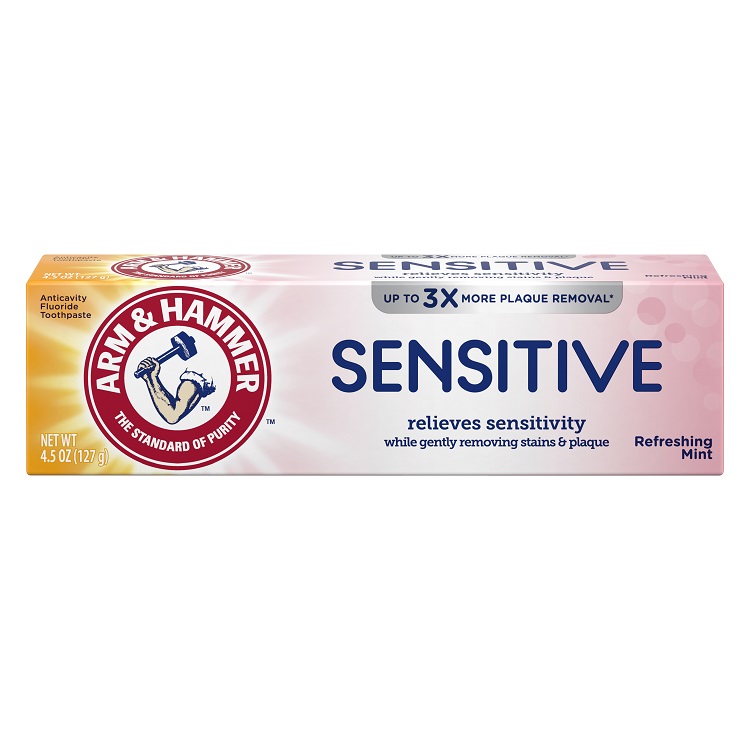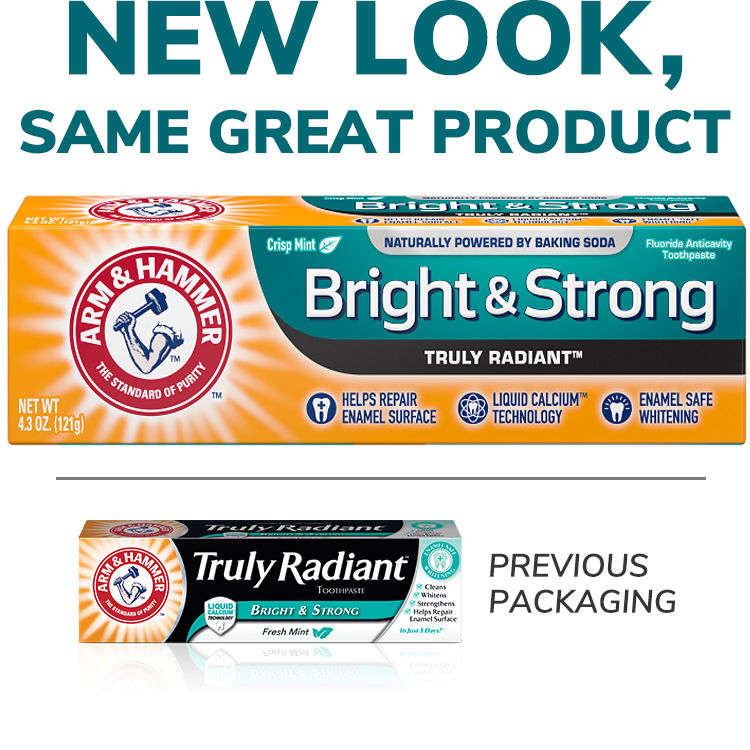Healthy Gums vs. Unhealthy Gums: What to Look For
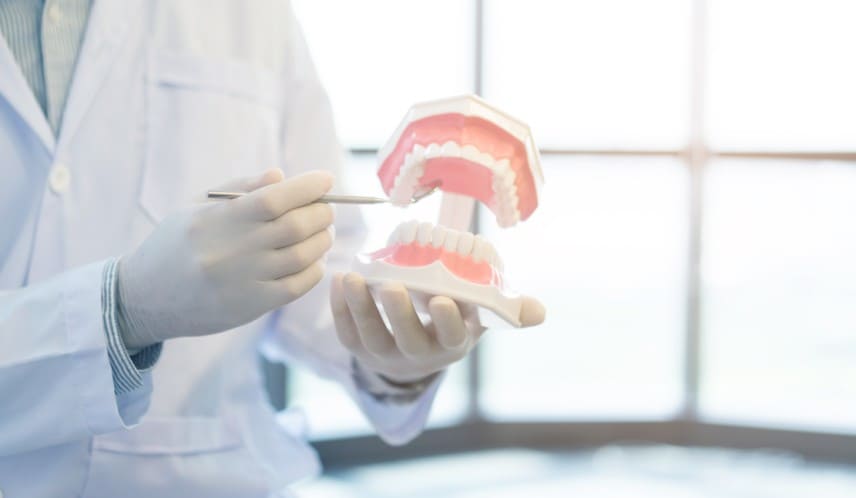
Your gums provide a seal around your teeth and if they are unhealthy, gum disease and tooth loss may not be far behind. Although you see your gums every time you smile, you may not look closely or know what to look for. Here’s a guide to healthy gums and what you should do to keep them that way.
What Do Healthy Gums Look Like?

Healthy gums are pink (or light brown if you are darker-skinned), firm, and do not bleed when you brush or floss. The gums fit snugly around the teeth on all sides to help protect the underlying bone.
What Do Unhealthy Gums Look Like?
There are three stages of gum disease that show unhealthy gums: gingivitis, periodontitis, and advanced periodontitis, from mildest to most severe.
Signs of gingivitis on your gums include:
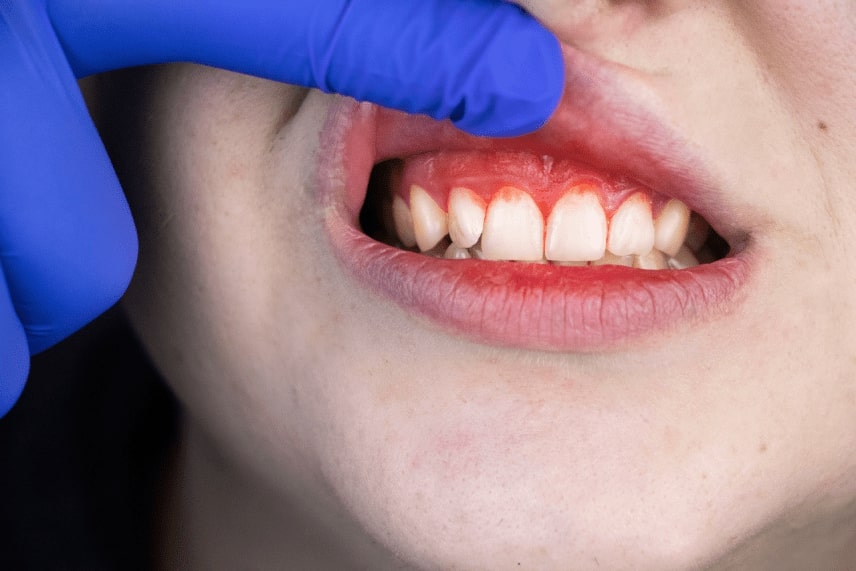
- Redness
- Swelling
- Bleeding when you brush or floss
Gingivitis is caused by plaque and bacteria buildup on the teeth which irritates the gums. Most people get gingivitis at some point in their lives, so don’t despair if you spit into the sink and notice some blood. It’s a kind of warning sign that further gum problems could be on the way if you don’t take action, but it can be halted and in some cases reversed with more attention to oral care.
If gingivitis isn’t treated, it can progress to periodontitis, which is when the gums pull away from the teeth, allowing bacteria to get between the teeth and down toward the root. Periodontitis is a gum infection and the bacteria can begin to break down the bone of the tooth and jaw. Periodontitis can be treated and managed but not cured.
Signs of periodontitis include:
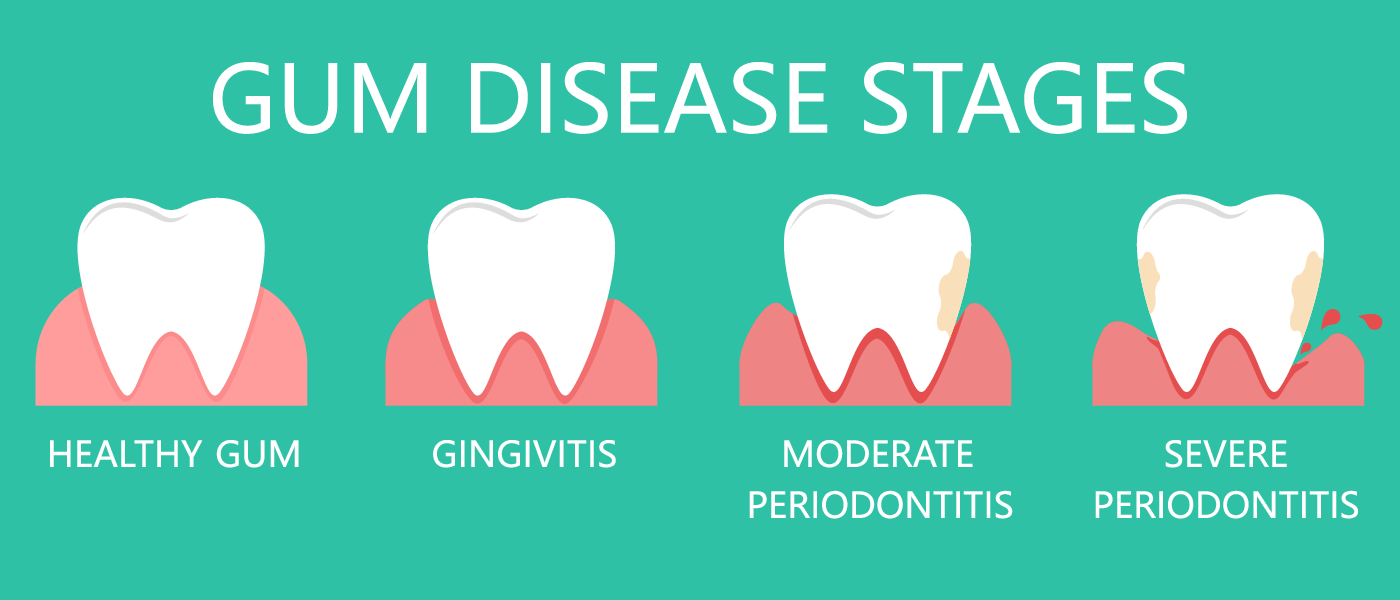
- Swollen or puffy gums
- Pockets that develop between gums and teeth that fill with bacteria, plaque and tartar
- Gums that bleed easily
- Dark red, purplish or brown gums
- Tender to the touch
- New spaces showing up between teeth
- The gums beginning to recede from the teeth, giving the appearance of the teeth getting longer
Periodontitis can progress further to the advanced stage, as the infection worsens and more gum tissue is lost.
Signs of advanced periodontitis include:
Symptoms of advanced periodontitis include all the symptoms above as well as:
- Bad breath
- Gums that ooze pus
- Painful chewing
- Cold sensitivity
- A change in the way your teeth fit together
- Loose teeth or teeth that fall out
Advanced periodontitis is quite painful and needs acute dental care.
Tips to Keep Gums Healthy
- Choose a soft-bristle toothbrush. Aggressive brushing of the gums can be harmful. Choose soft bristles and brush firmly but gently or use a spinning or sonic toothbrush such as Spinbrush™ Pro+ Gum Health Toothbrush.
- Choose a fluoride toothpaste that’s good for gums. Fluoride helps prevent tooth decay and use a comprehensive toothpaste helps neutralize plaque acids and provides a deep clean such as ARM & HAMMER™ PeroxiCare™ Deep Clean Toothpaste. If your mouth is more sensitive ARM & HAMMER™ Sensitive Teeth & Gums™ Toothpaste provides relief from tooth and nerve sensitivity. For overall tooth and gum care, ARM & HAMMER™ Complete Care™ Toothpaste helps to clean, whiten, and strengthen all at once.
- Brush your teeth twice daily. The American Dental Association recommends brushing two times every day to remove plaque and prevent tartar buildup. Studies also show that an electric toothbruth removes more plaque than a manual one.
- Use dental floss and/or a water flosser. Floss between your teeth with dental string, floss picks or use a water flosser to get around the gums once per day.
- Use mouthwash. Swishing mouthwash around your mouth can help remove bits of food and debris. Some mouthwashes also help whiten or contain fluoride to help protect enamel.
- Use a gum stimulator. These simple rubber tips can be used to gently clean and stimulate the gums and improve circulation and overall health. Check with your dentist to see if they recommend using one.
- Eat healthy. Eat crunchy vegetables and reduce the sticky, sugary foods you eat to help keep your teeth and gums healthy.
- See your dentist regularly. One of the most important things you can do for your gum and teeth health is to see your dentist twice per year for cleanings and evaluation. Your dentist can see the signs of gingivitis and help you take steps to treat it. Your dentist can also do deep pocket cleaning and other procedures to help halt the progress of gum disease.
What toothpaste is best for gum health?
Try one of these toothpastes for sensitive teeth and gums, comprehensive oral care, or special deep cleaning to help keep your gums healthy:
